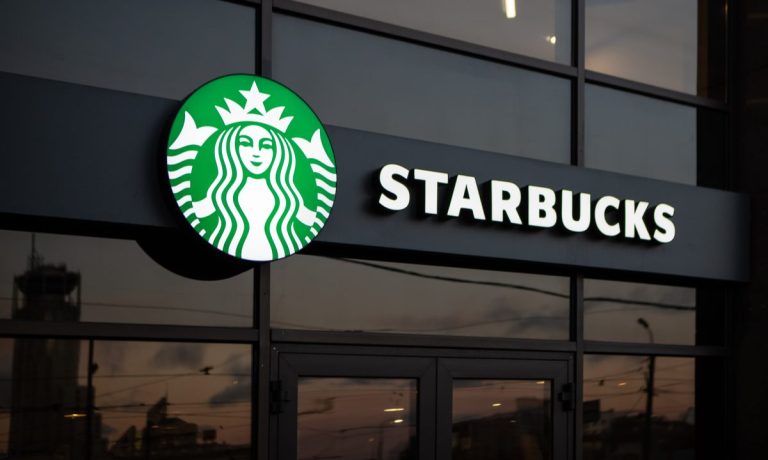
Even as consumers are returning to restaurants for indoor dining, Starbucks is turning its attention away from creating inviting on-premise space toward boosting the efficiency of digital order fulfillment.
The Seattle-based coffeehouse chain, the world’s largest restaurant company by revenue, which has more than 34,000 locations internationally, is stepping up its tech investments, according to a call with analysts Tuesday (May 3) discussing the company’s financial results for the second quarter of 2022.
“Going forward, we will … be making significant investments to extend our digital capabilities and deepen our digital connection to customers and the emotional attachment our customers have to the Starbucks brand,” interim CEO Howard Schultz said. “Returns on our digital investments are consistently among the highest returns we generate.”
Starbucks is a leader in the digital ordering space. PYMNTS’ Provider Ranking of Mobile Order-Ahead Apps, which ranks restaurant apps based on a proprietary combination of publicly available information and app usage data to which PYMNTS has access, places the coffeehouse chain in first place, where it is tied with Domino’s Pizza and Taco Bell.
Read more: Mobile Order-Ahead App Ranking Sees a Three-Way Tie for First Place
Where once the brand focused on creating appealing in-person environments, its so-called “third place” philosophy, the company is now turning its focus to streamlining stores to meet digital orders.
Read also: Starbucks At 50: Five Innovations The Coffee Chain Pioneered
“Try to imagine thousands of vastly more productive and efficient Starbucks stores, reconfigured to align with today’s customer behavior and built around technology that will deliver increased speed of service, improve labor management and reduce unit costs,” Schultz said.
Nearly half of all restaurant customers are ordering online. PYMNTS’ April study, “ConnectedEconomy™ Monthly Report: 3 Ways Consumers Are Dealing With Inflation,” which drew from a survey of more than 2,800 U.S. adults, found that 45.8% of consumers ordered from restaurants online in March.
You may also like: 6 in 10 Consumers Buying Only the Essentials as Inflation Rises
Additionally, research from PYMNTS’ April study “The Digital Divide: The Key Factors That Drive Restaurant Choice,” created in collaboration with Paytronix, which drew from a survey of more than 2,600 U.S. adults, found that more than one in five consumers cite ordering features as the most important in encouraging them to order from a specific restaurant.
See also: From Outdoor Seating to Touchless Payments, Dining Habits Are Changing
Instead of abandoning the traditional in-store third place, the brand argues that its non-fungible token (NFT) strategy will offer a similar experience digitally.
“NFTs now enable this aspiration and allow us to extend who Starbucks has always been at our core. We are creating the digital third place,” Starbucks executive vice president and chief marketing officer Brady Brewer said. “Imagine acquiring a new digital collectible from Starbucks, where that product also served as your access pass to a global Starbucks community. One with engaging content experiences and collaboration all centered around coffee.”
In the past month, the company has made a couple of major C-suite personnel changes. At the start of April, Schultz, who led the business through its initial rise to prominence and rejoined in the late ’00s and early-to-mid teens, once again stepped in as interim CEO when previous chief executive Kevin Johnson retired. Additionally, on Monday (May 2), ex-McDonald’s executive Deb Hall Lefevre took over as chief technology officer from Hans Melotte, according to an April report from Reuters.
Related news: Howard Schultz Returns to Give Starbucks ‘a Courageous Reimagining and Reinvention’
Starbucks Hires Ex-McDonald’s Exec to Improve Mobile App, Drive-Thrus